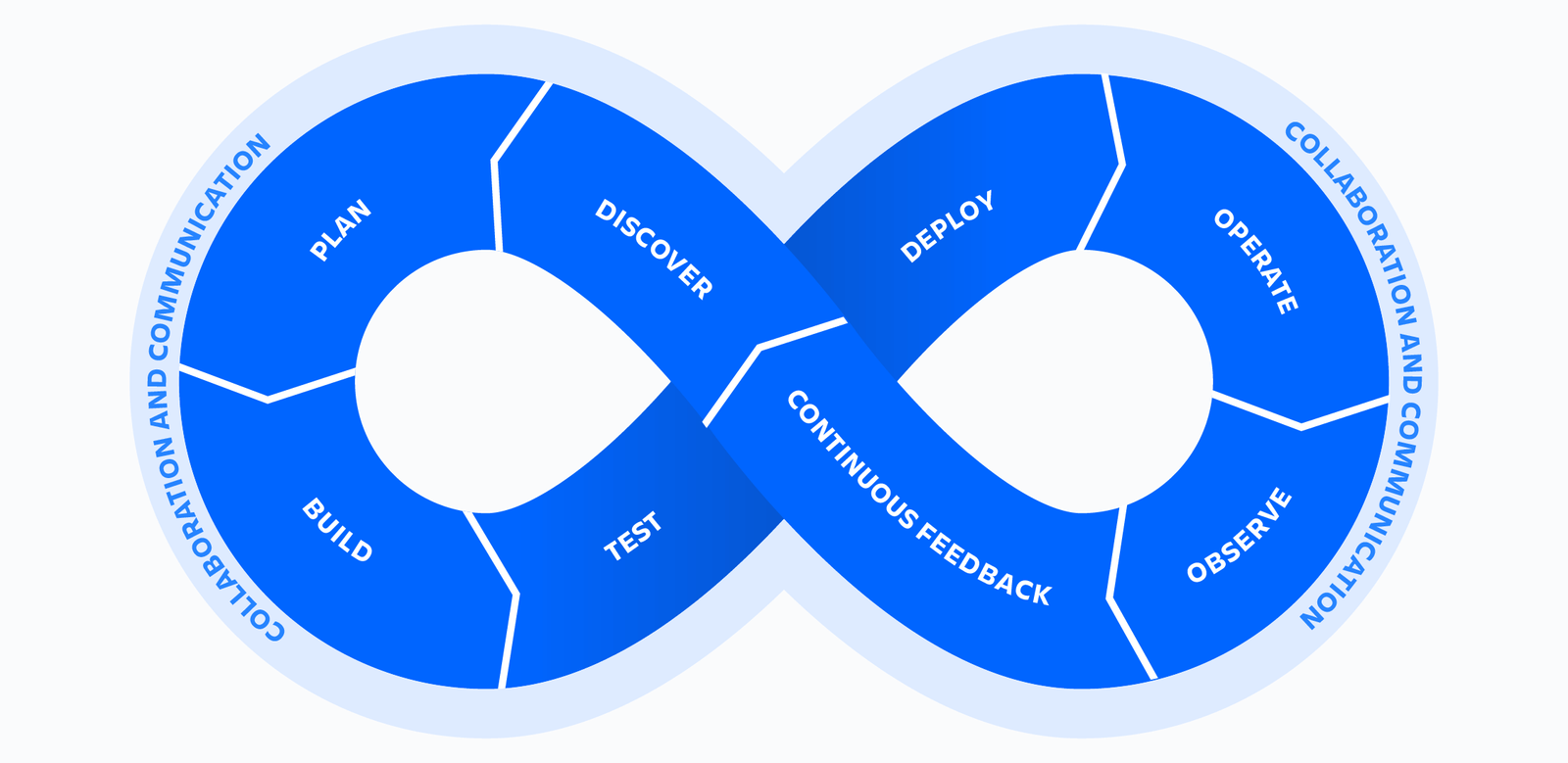In today’s fast-paced digital world, businesses are looking for ways to increase efficiency, reduce costs and deliver quality products quickly. One of the best strategies to achieve these goals is to use DevOps. So what is DevOps?
In this article, we will examine the basics of DevOps and how it can be combined with development and operations to improve operations and increase productivity.
What is DevOps?
DevOps is a set of practices that combine software development (Dev) and IT operations (Ops) to shorten the development lifecycle and ensure continuous delivery of high-quality software. It emphasizes collaboration, communication, and integration between developers and IT operations teams.
Key Principles of DevOps
Collaboration and Communication: DevOps breaks down silos between development and operations teams, fostering a culture of collaboration and shared responsibility. This improved communication ensures that everyone is on the same page, reducing misunderstandings and increasing efficiency.
Continuous Integration and Continuous Delivery (CI/CD): CI/CD pipelines automate the process of integrating code changes, running tests, and deploying applications. This continuous approach allows for faster identification of issues, quicker releases, and more reliable software.
Automation: Automation is a cornerstone of DevOps. By automating repetitive tasks such as code integration, testing, and deployment, teams can focus on more strategic work, reduce human error, and speed up the development process.
Monitoring and Logging: Continuous monitoring and logging of applications and infrastructure help teams quickly detect and resolve issues. This proactive approach ensures high availability and performance of software systems.
Infrastructure as Code (IaC): IaC involves managing and provisioning computing infrastructure through machine-readable scripts rather than manual processes. This practice enhances consistency, reduces errors, and makes it easier to manage complex environments.
Benefits of DevOps
1. Faster Time to Market
2. Improved Quality and Reliability
3. Enhanced Collaboration and Efficiency
4. Scalability and Flexibility
5. Cost Savings
Implementing DevOps in Your Organization
To successfully implement DevOps, consider the following steps:
Invest in the Right Tools: Use tools that support automation, continuous integration, continuous delivery, monitoring, and IaC. Popular DevOps tools include Jenkins, Docker, Kubernetes, Ansible, and Terraform.
Start Small and Scale: Begin with a pilot project to test and refine your DevOps practices. Once you see success, gradually scale these practices across your organization.
Continuous Improvement: DevOps is an ongoing journey. Continuously evaluate and improve your processes, tools, and culture to keep pace with evolving technologies and business needs.
Conclusion,
DevOps is a powerful approach that can transform the way your organization develops, deploys, and operates software. By seamlessly integrating development and operations, DevOps enhances collaboration, increases efficiency, and accelerates time to market. Embrace DevOps practices to stay competitive in today’s fast-paced digital landscape and deliver high-quality software that meets the needs of your customers.

